Foods highest in quercetin:
Introduction
Quercetin is a natural flavonoid found abundantly in fruits and vegetables.
It has anti-atherogenic, anti-oxidant, and anti-carcinogenic properties.
Flavonoids like quercetin neutralize free radicals. These particles cause damage to proteins, cells, and DNA.
Plus, free radicals are associated with aging and a variety of diseases, including heart disease, cancer, Parkinson’s, and Alzheimer’s.
Individuals who took a quercetin supplement increased their athletic performance levels and their levels of endurance, according to a meta-analysis that was issued in 2012.
Also, a study which was conducted at Appalachian State University, North Carolina, established that 1 gram of quercetin per day resulted in better treadmill workouts after only 14 days.
Additionally, this flavonoid is involved in reducing energy intake and suppressing appetite to support weight loss and the maintenance of a healthy weight.
List Of 12 Foods High In Quercetin
1) Capers, canned – 180.77 mg/100g
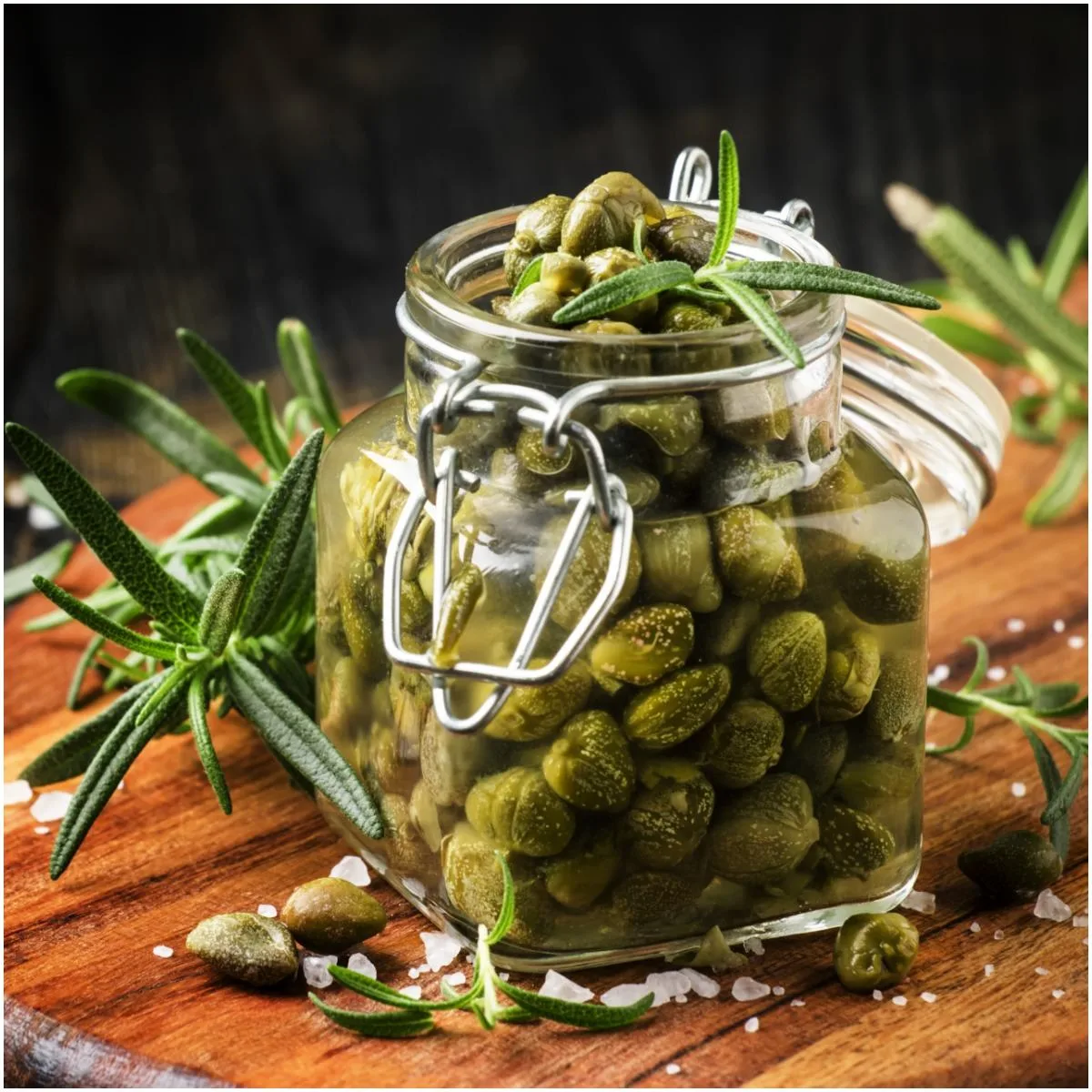
5PH/Shutterstock
They are one of the best plant sources high in flavonoid compounds rutin and quercetin.
Capers contain various beneficial minerals, vitamins, and antioxidants that work to make the immune system healthy and strong.
Also, they are a remarkable source of fiber, that could help reduce the risk of fecal compaction and constipation.
2) Lovage Leaves, raw – 170.00 mg/100g
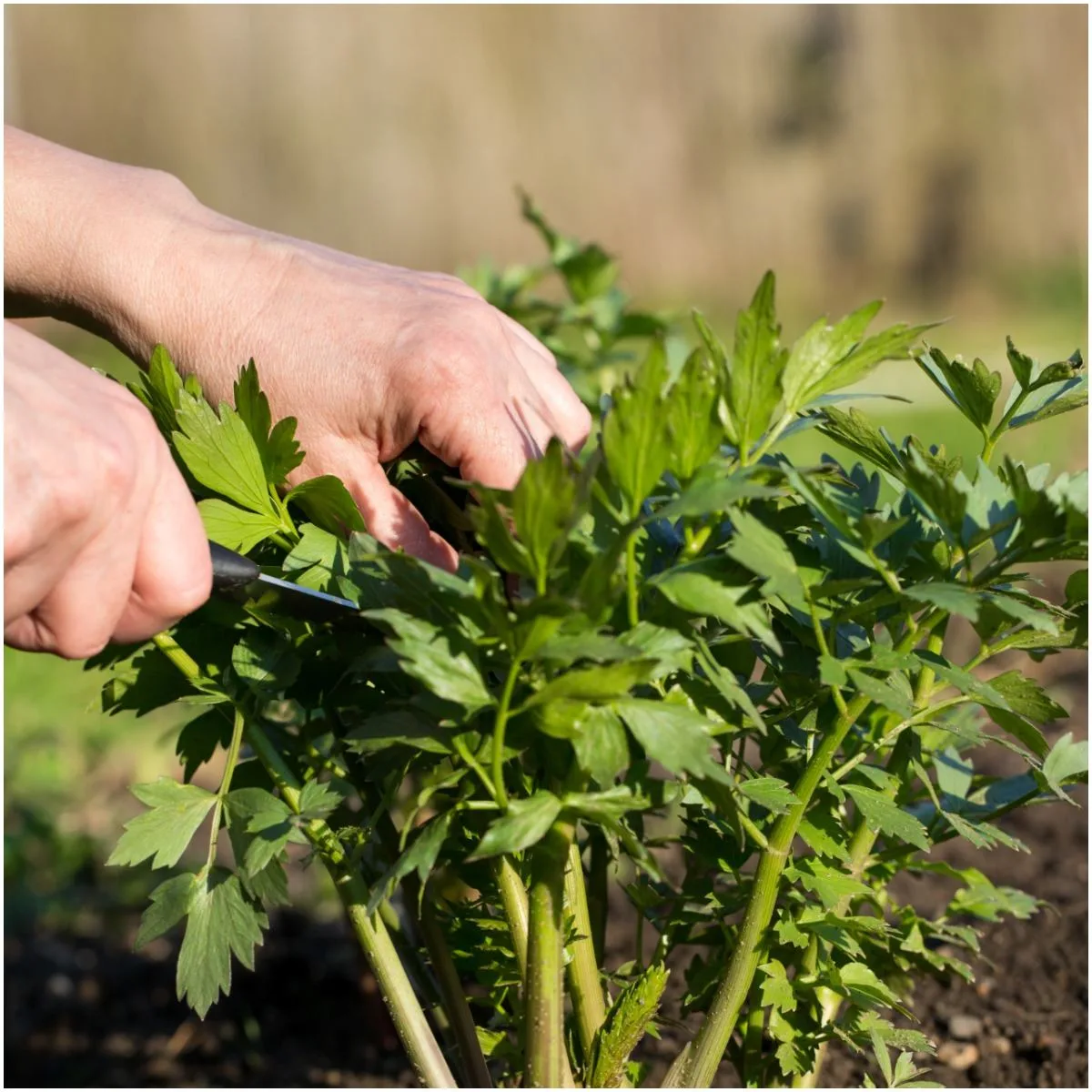
Simon Kadula/Shutterstock
Lovage, the only member of the Levisticum genus, is a widely-used herb in parts of southwest Asia and Europe. It is a hardy perennial that reaches a height of almost 1.8 meters (6 feet).
It can help to reduce excess gas and bloating by promoting healthy, normal movement in the large intestine. In addition to helping digestion, this plant may be used to strengthen the heart.
3) Ancho Peppers – 27.60 mg/100g
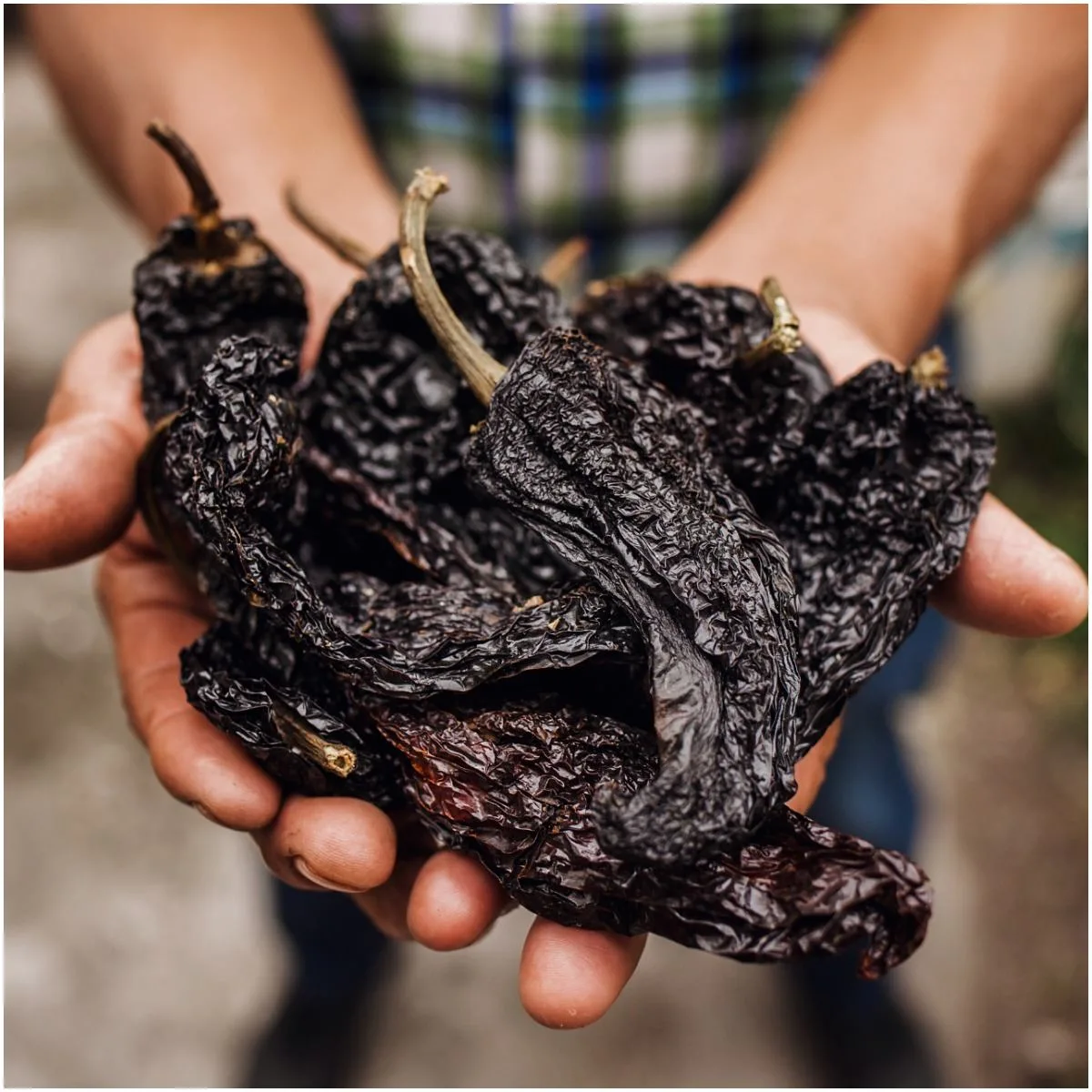
Marcos Castillo/Shutterstock
They are a type of dried chile pepper generally used in Mexican and southwestern United States cuisine.
These peppers are rich in vitamin A (in the form of carotenoids). This vitamin plays a very important role in the immune response of the human body to everything from the common cold to malaria.
Ancho peppers are also a good source of non-heme iron, an essential mineral that helps produce blood cells, as well as myoglobin and hemoglobin, proteins that transport oxygen in the bloodstream.
4) Buckwheat – 23.09 mg/100g
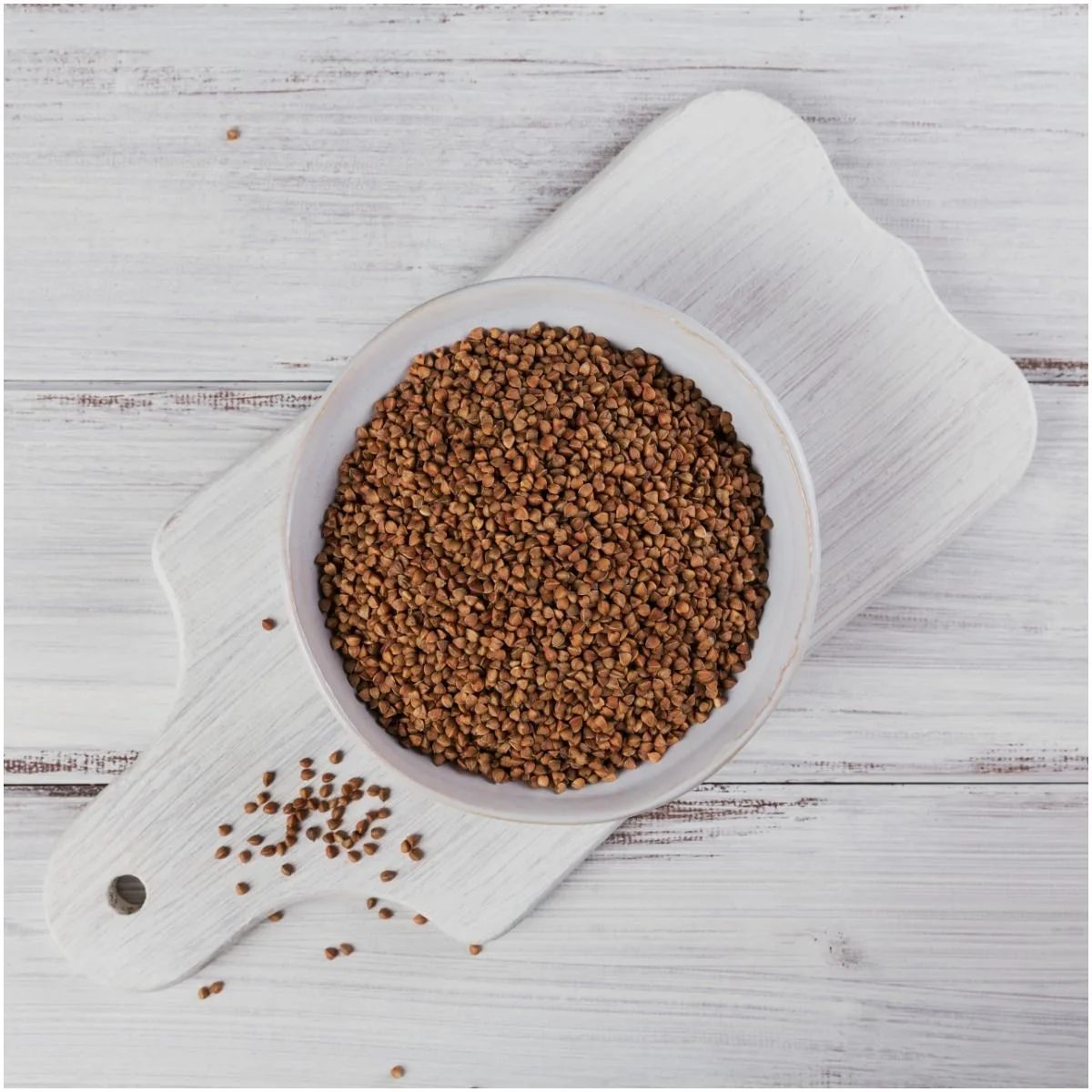
Svittlana/Shutterstock
It belongs to the Polygonaceae family of plants and was originally cultivated in the Balkan region of Europe.
Buckwheat is high in many essential minerals, such as – magnesium, manganese, and copper, as well as B-complex vitamins like – pantothenic acid, B6, niacin, thiamin, folate (vitamin B9), and choline.
Because it is neither a grain nor related to wheat, this plant is gluten-free and recommended for people with gluten sensitivities and celiac disease.
Due to its high dietary fiber content, consuming 1 serving of buckwheat regularly can substantially improve the health of the digestive tract.
5) Lingonberries, raw – 21.00 mg/100g
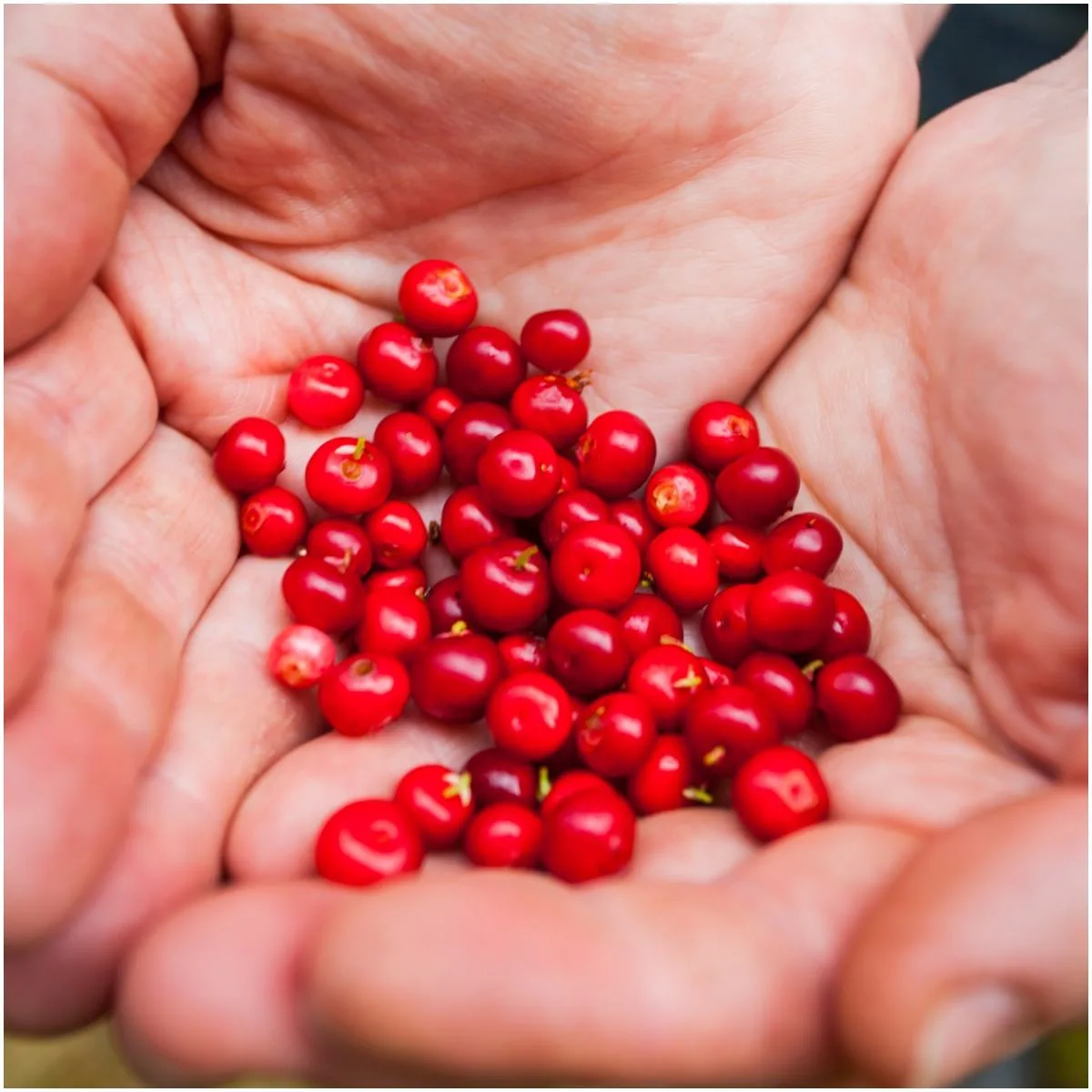
solomonphotos/Shutterstock
Lingonberries (scientific name – Vaccinium vitis-idaea) have been used for hundreds of years both as medicines and as food.
These berries may prevent bacterial infection, like – staphylococcal, as per a study that was done by the Department of Food and Environmental Sciences at the University of Helsinki.
Lingonberries have also been shown to exert potent inhibitory activity against a few types of cancer cells, such as – colon, leukemia, and cervical cancer cells.
6) Cocoa Powder, dry – 20.13 mg/100g

monticello/Shutterstock
Cocoa refers to the low-fat constituent of the ground cacao beans that are the fermented seeds of the cacao tree.
Cocoa powder may enhance endorphins and serotonin in the human body, which work as antidepressants to improve mental health.
In addition to the above health benefits of cocoa powder, recent research concluded that that cocoa powder may also:
- boost cognitive performance;
- lower high blood pressure;
- increase blood flow to the arteries;
- reduce the risk of blood clots;
- lower LDL (bad) cholesterol.
7) Red Onion, raw – 19.93 mg/100g

Alina Kholopova /Shutterstock
Red onions contain 100 percent more anti-oxidants than any other form of onion, making them an important part of an anti-inflammatory lifestyle and diet.
In addition to quercetin, red onions contain allicin, a health-promoting compound that is found in other members of the Allium family. Allicin prevents and treats cancer, promotes cardiovascular health, and reduces hypertension.
Also, the high sulfur content of red onions boosts the body’s natural ability to detox.
Note – red onions lose their quercetin content by up to 33 percent in the first 12 days of storage.
8) Bilberries, frozen – 17.70 mg/100g

Nadezhda Nesterova/Shutterstock
These berries are found in numerous parts of western Asia, Europe, and temperate regions of North America. They grow wild in meadows and forests and on moors and heathland.
According to research, these berries are effective in reducing high blood sugar (glucose) levels, especially when combined with oat bran or oatmeal.
Bilberries may also be used to treat eye problems, diarrhea, poor circulation, varicose veins, and even cancer prevention.
9) Green Chilis, raw – 16.80 mg/100g
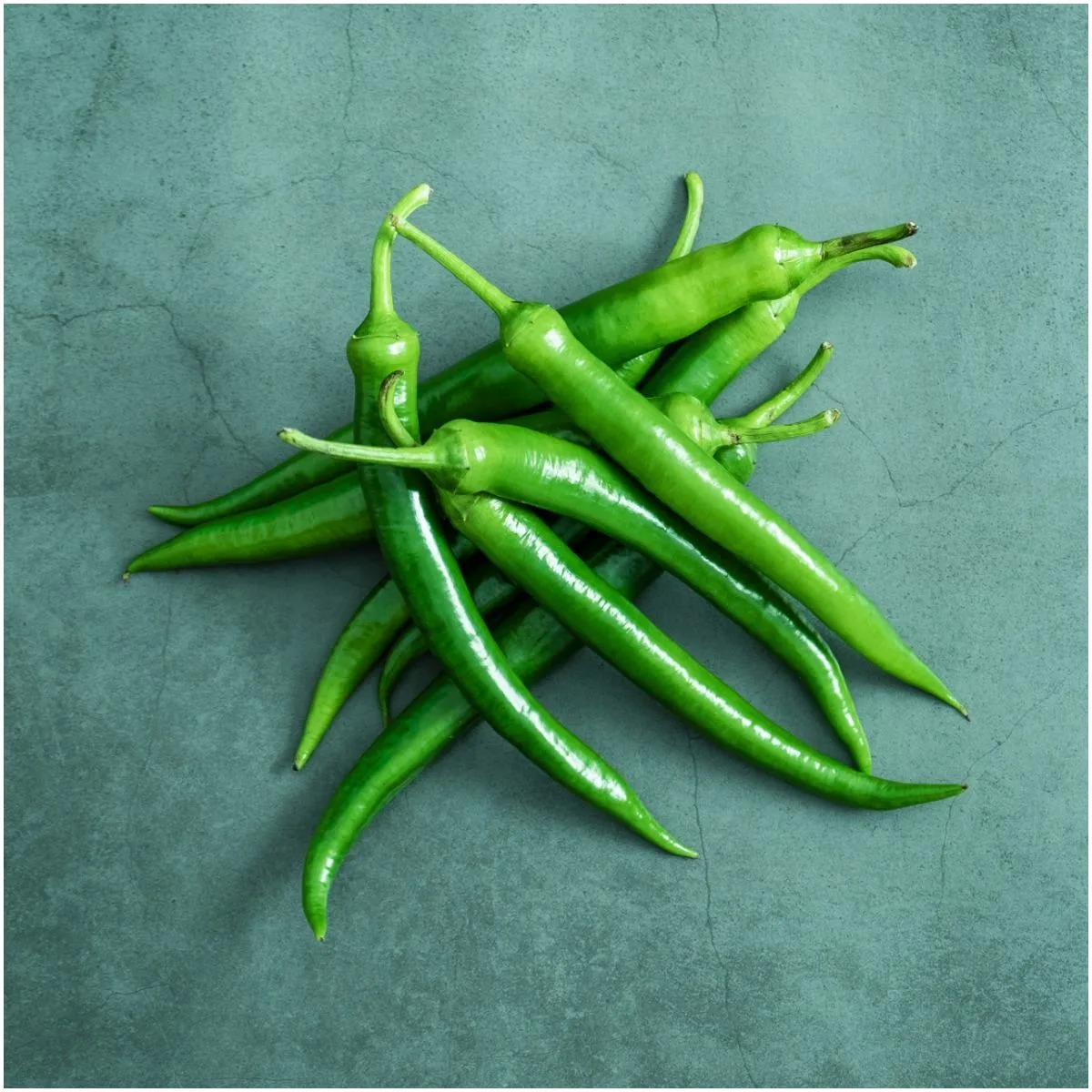
DreamStoreCo/Shutterstock
They are immature chili peppers, most commonly Anaheim, Pasilla, or Poblano peppers which have been harvested before fully ripening.
By reducing blood cholesterol and triglyceride levels, green chilis reduce the likelihood of developing atherosclerosis (also referred to as hardening of the arteries).
The capsaicin in these peppers combats chronic sinus infections due to its capacity to induce vasoconstriction (the narrowing of the blood vessels) in the blood vessels of the nasal cavity.
Thanks to their vitamin C content, green chilis can boost the healing process of wounds. They are also loaded with antioxidants, which protect the physical body against free radical damage.
ALSO READ: Forchlorfenuron In Watermelon
10) Strawberries, raw – 15.20 mg/100g
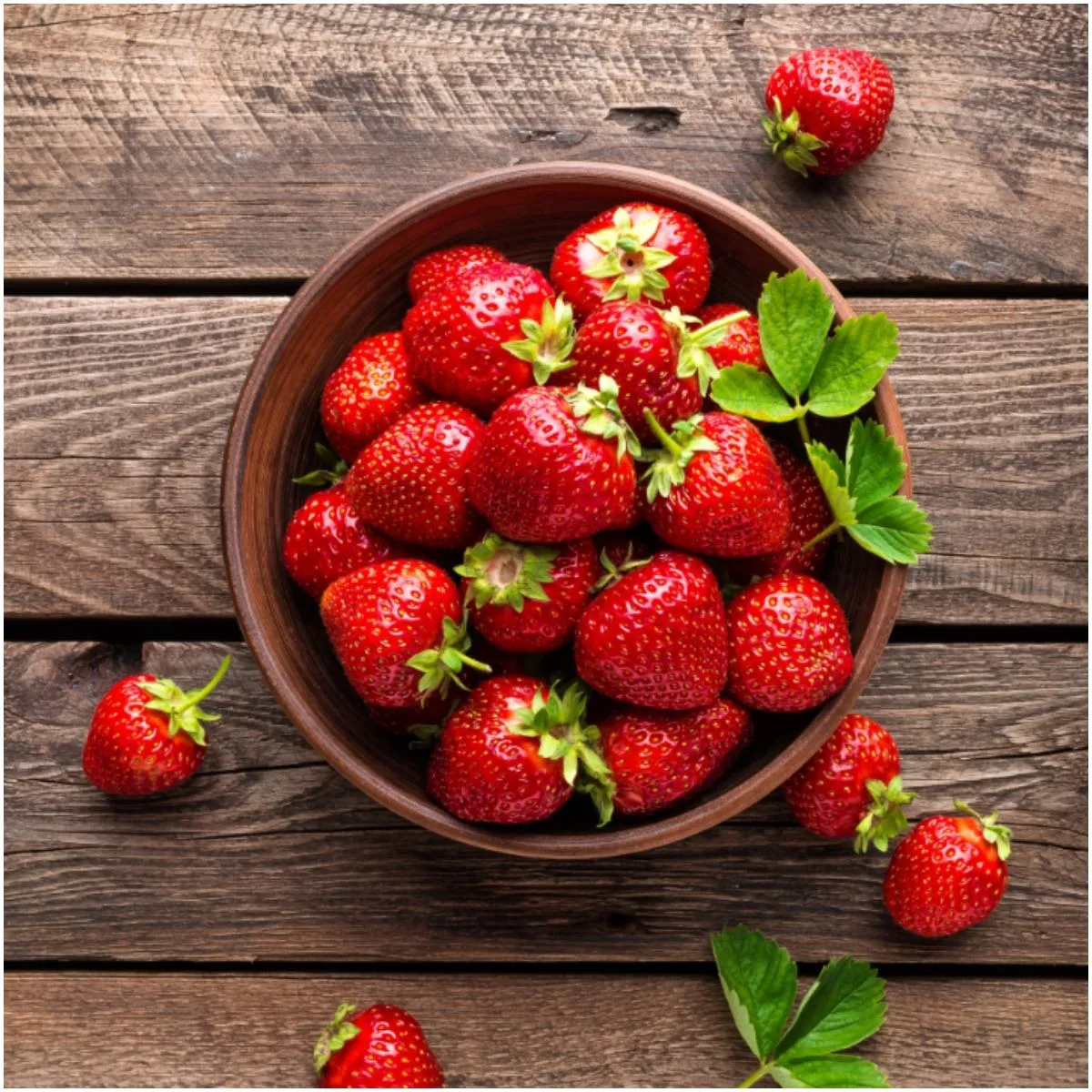
Sea Wave/Shutterstock
Strawberries (scientifically named – Fragaria x ananassa) could be the world’s most popular fruit. They are packed with minerals and vitamins like – vitamin C, vitamin K, folate, vitamin B6, manganese, and magnesium.
The potent antioxidants in strawberries inhibit tumor growth and decrease inflammation levels in the human body.
They also have high amounts of magnesium and potassium, two essential minerals that are efficient in lowering hypertension that is instigated by high LDL levels and sodium.
A regular intake of anthocyanins, a class of flavonoids found in strawberries, may reduce the risk of a heart attack by 35%, according to a Harvard study.
Note – quercetin level in strawberries has been shown to increase by about 30 percent when the fruits are stored at − 20 °C for 9 months.
ALSO READ: Petai (Stink) Beans (Parkia Speciosa): Benefits
11) Cranberries, raw – 14.02 mg/100g
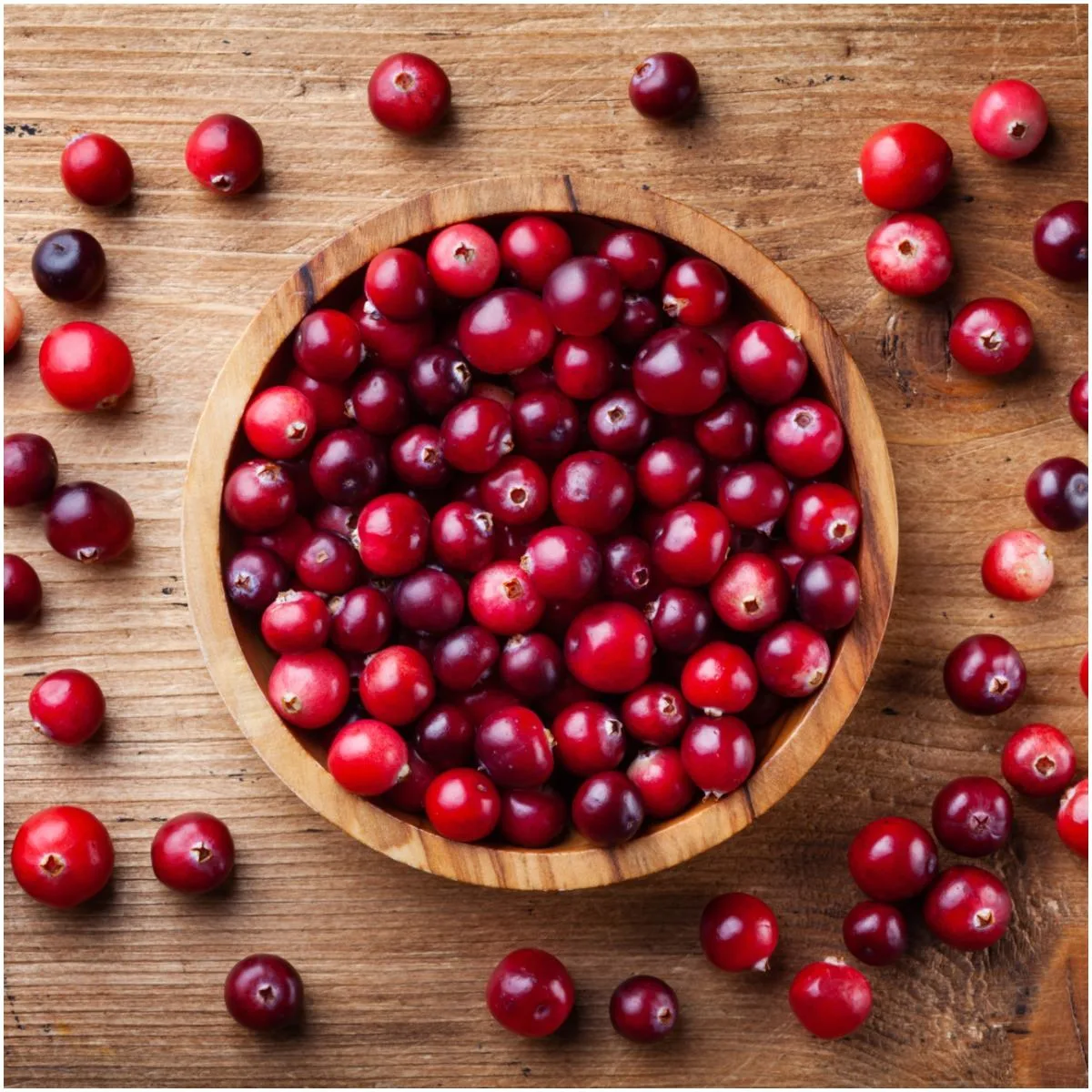
Julia Sudnitskaya/Shutterstock
The nutrients in these berries have been strongly associated with improved immune function as well as decreased blood pressure.
The flavonoids present in cranberries have potent antioxidant attributes and may decrease the risk of atherosclerosis, a life-threatening disease in which the arteries are narrowed due to the build-up of cholesterol.
Research has also shown that cancer-preventive compounds found in these berries are helpful in preventing colon, lung, breast, and prostate cancers.
Moreover, some studies have concluded that regularly drinking cranberry juice can help prevent recurring urinary tract infections in middle-aged and pregnant women. Due to the location of women’s urethra, urinary tract infections are approximately 50 times more frequent in women than in men.
ALSO READ: Side Effects Of Calcium Propionate
12) Red Grapes, raw – 3.54 mg/100g
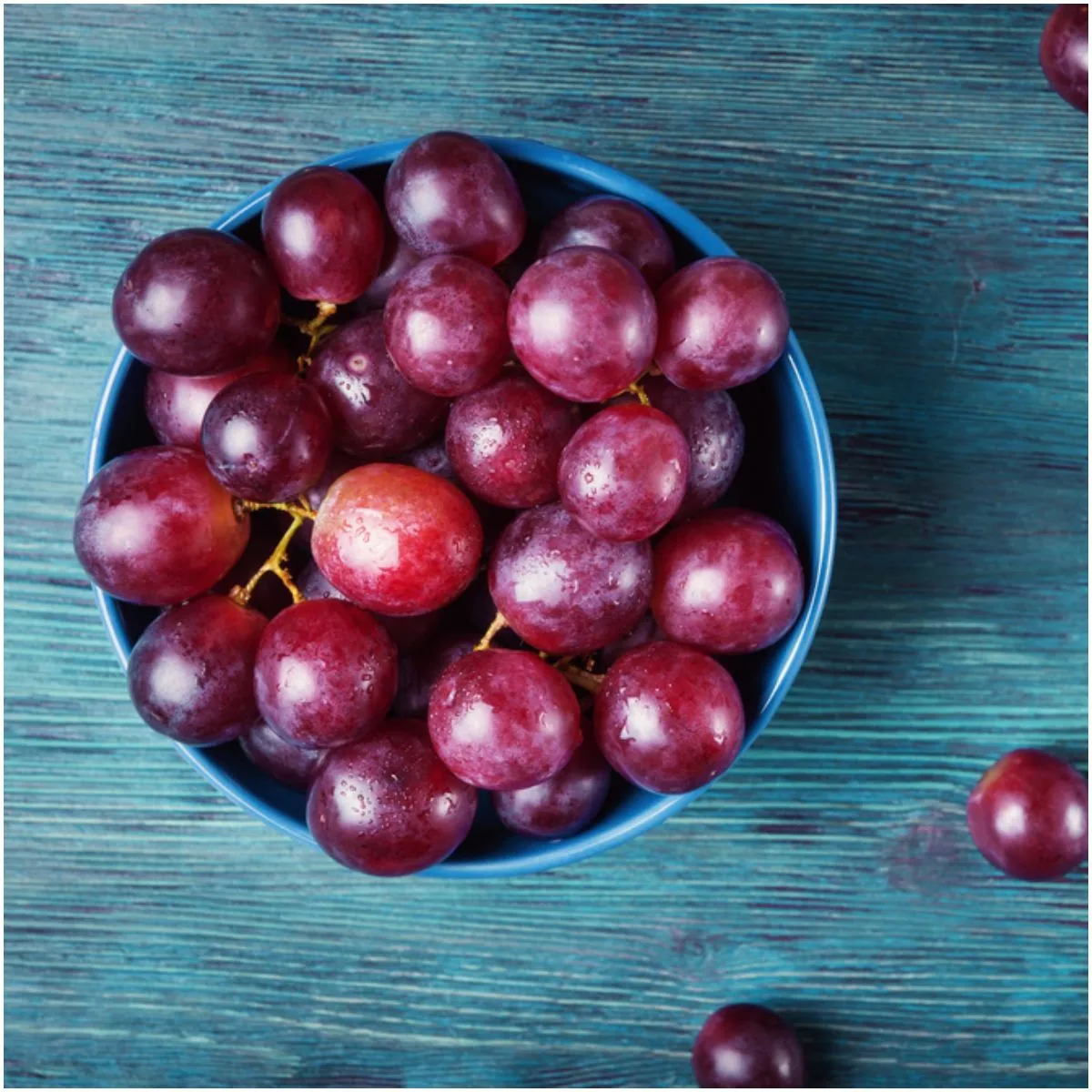
Vitaliy Krasovskiy/Shutterstock
Red grapes are high in important nutrients like phosphorus, folate, calcium, iron, selenium, magnesium, vitamin C, vitamin A (in the form of carotenoids), and vitamin B6.
The polyphenols found in red grapes support a healthy heart by promoting the relaxation of blood vessels.
Images credit – Shutterstock
ALSO READ: Dangers Of Red Rice
Sources https://www.ncbi.nlm.nih.gov/pubmed/27187333 https://www.ncbi.nlm.nih.gov/pmc/articles/PMC4808895/ https://www.uofmhealth.org/health-library/hn-2904007 https://www.ncbi.nlm.nih.gov/pmc/articles/PMC5214562/
